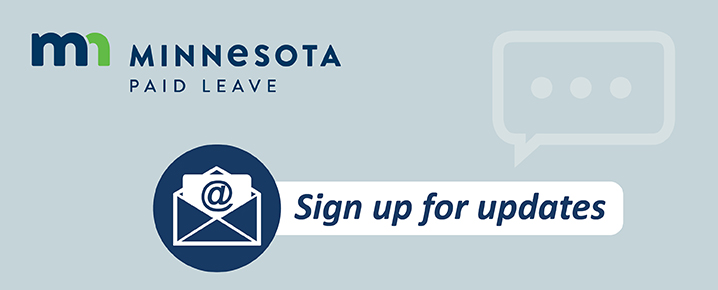Paid Leave benefits will start for Minnesotans on January 1, 2026.
Paid Leave is a new program launching for Minnesotans in 2026. It provides paid time off when a serious health condition prevents you from working, when you need time to care for a family member or a new child, for certain military-related events or for certain personal safety issues.
There are two main types of leave:
- Family Leave to care for a family member with a serious health condition, or if you're bonding with a new baby or child in your family.
- Medical Leave when your own serious health condition prevents you from working.
Additionally, you will be able to take leave to support a family member called to active duty, or if you or a family member are facing a significant personal safety issue.
Latest news
-
Competitive funding opportunity: Public Outreach Grants for Minnesota Paid Leave
This grant opportunity will support outreach, education, and/or technical assistance efforts to help communities across Minnesota understand and access Paid Leave. Lead applicants must be a nonprofit organization, public entity or Tribal Nation. -
March 2025 Updates
This month: Implementation Update; Upcoming Webinars; Employers, learn about Paid Leave at an event near you; Share your experience to help build Paid Leave; Public Outreach Grants for Paid Leave; Upcoming Webinars; and more!








